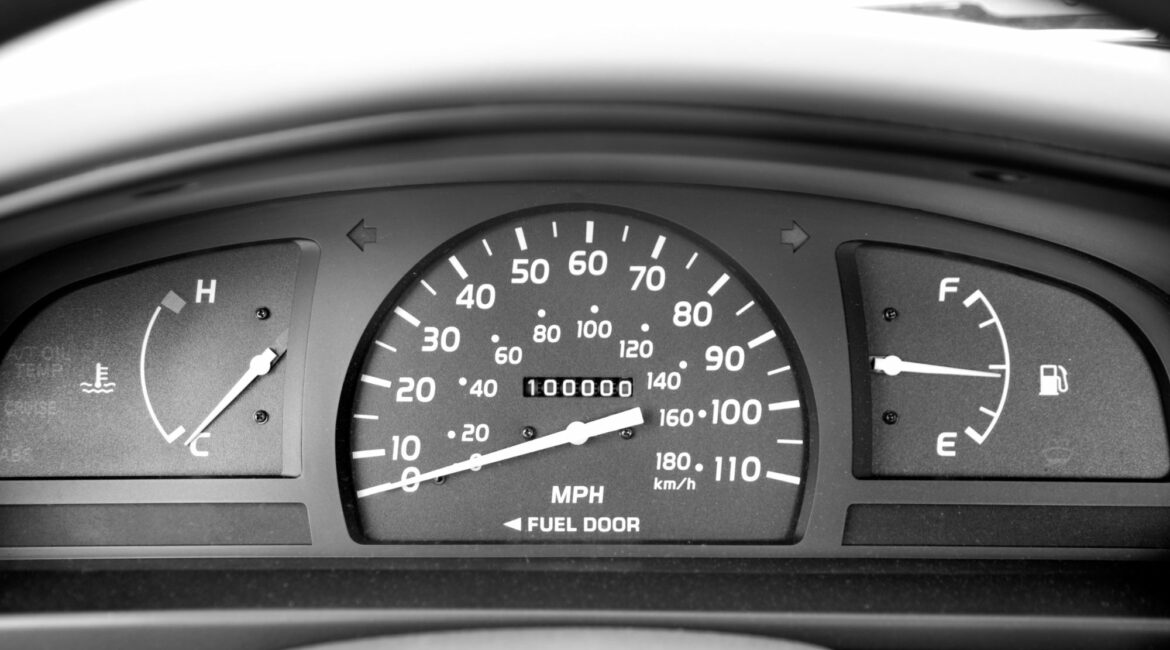Buying a second-hand car is a great option for soon-to-be car owners. What isn’t fun is when you get an amazing deal only to later found out that it was too good to be true.
Choosing a new car is always exciting but it naturally comes with a few anxieties. Unfortunately, the second-hand car market has a few tricksters on the scene and you can never be too cautious! When you are purchasing a car, you need to make sure you ask all the right questions so that you get your money’s worth and make a safe, secure decision.
One of the things you need to keep an eye on is — the odometer on the car.
An odometer shows the distance a car has traveled and plays a big role in determining the car’s value and lifespan, which is why it’s important to be alert for odometer fraud.
When people are selling off their old cars, there are a few illegal tricks to make the buyer think the car is worth more than it is. Odometer fraud (known around town as a haircut) is a crime that has been around for decades. Why? Because people know they can make money quickly by overselling their vehicle under the guidance that it still has a long life ahead of it. Rather, they are selling a car that has traveled over 100 000 km and the buyer is none the wiser.
When you’re buying a second-hand car, knowledge is key to a good experience so it’s good you’re here to brush up on your techniques!
What is an odometer rollback?
An odometer rollback is a technique used to change the numbers displayed on the dashboard. It’s possible for thousands of kilometers to be deducted from the true mileage.
An odometer rollback isn’t hard to do — all the more reason for you to double-check with every car you consider. All a fraudster needs to do to change the numbers on a modern digital odometer is to remove the car’s circuit board and tweak it directly. Of course, there are specific tools that can hook up to a vehicle to change the numbers.
How to detect an odometer rollback:
Whilst you should always avoid jumping to conclusions, there are some signs that could indicate odometer fraud. Remember that any second-hand car needs to undergo a pre-purchase inspection to make sure the seller has covered all the details of the history of the car.
So if you see that T\the wear and tear on the car doesn’t match the little distance it has traveled you know something might be up. You should also check the tread on the tires, and well-used spots like the driver’s chair, brakes and clutch.
Check the car’s service history. Each time a car is taken in for a service, the exact mileage would have been logged. If your seller doesn’t have a service history, head for the hills.
A sneaky trick that’s super obvious? Check the service sticker on the car. This should be in an easy-to-see spot like the window or inside of the door. Check the last date of service and the mileage that has been recorded then make sure they make sense against the odometer.
What to do if you suspect odometer fraud
If you’ve already purchased your car and you suspect something is wrong, you need to get the professionals on board.
- get your car inspected, and
- contact your local police – tampering with an odometer is a crime!
It is better to be too safe when buying a secondhand car so take your time when you see a deal that might seem to good to be true.
Yours in comprehensive car insurance,
Oneplan

